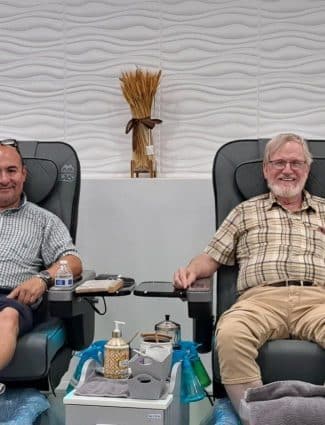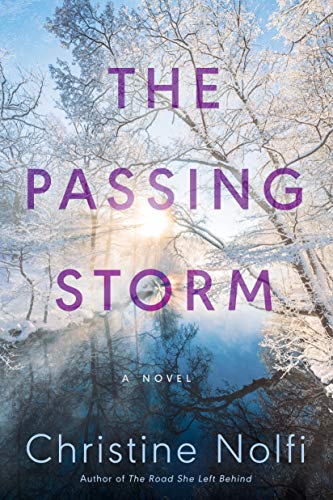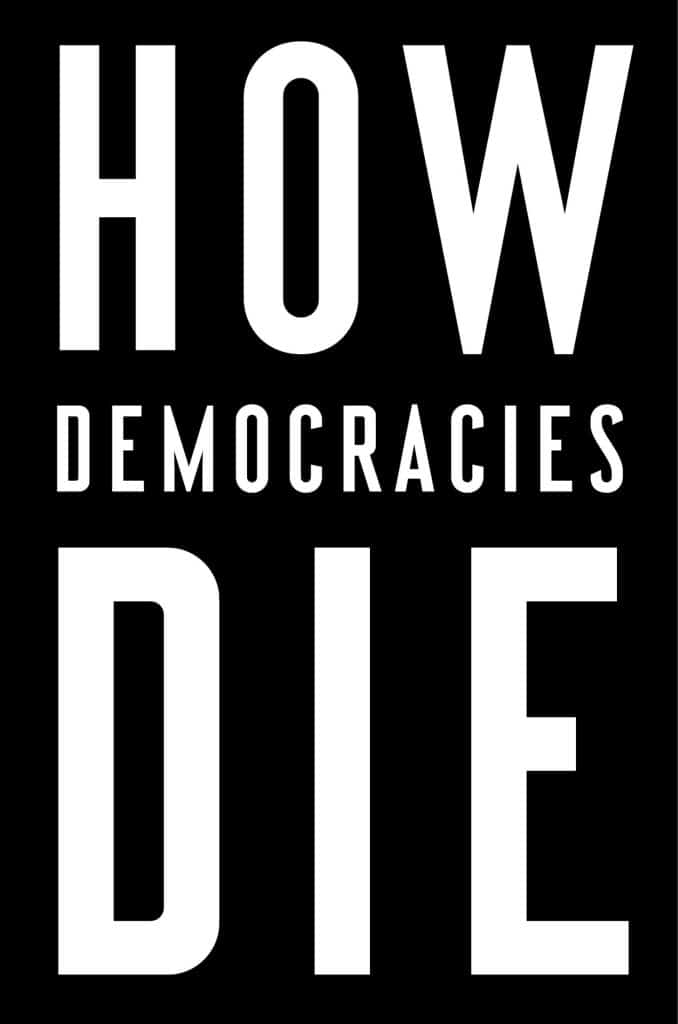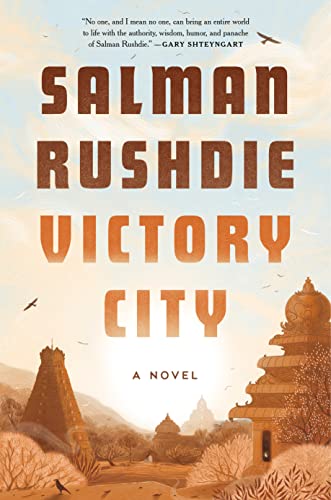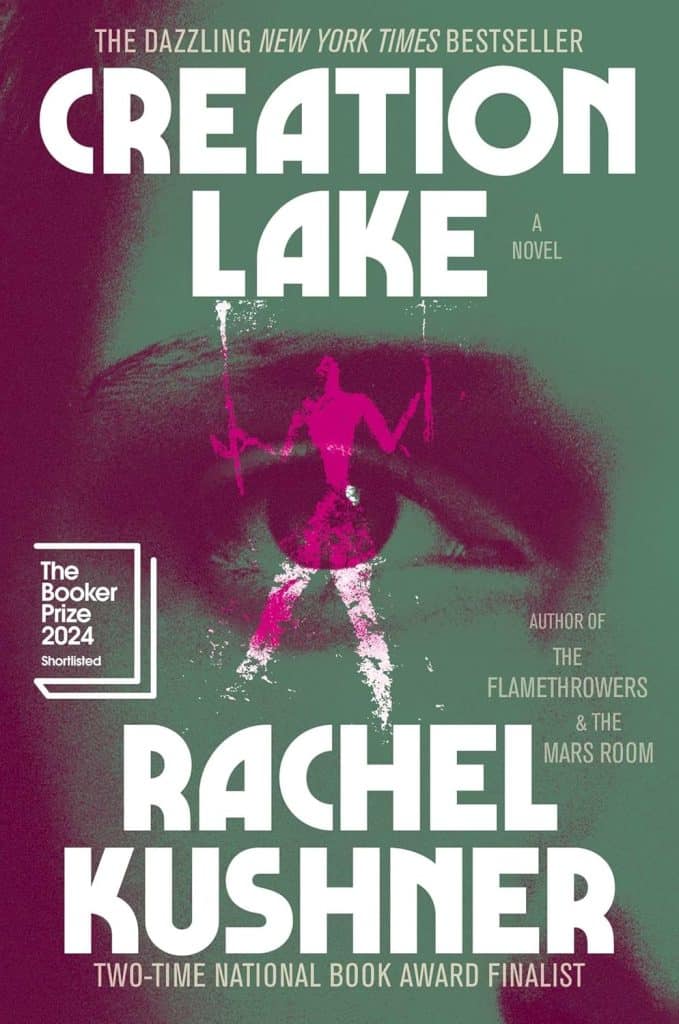
Green Toes for St. Patty’s Day!
A Pedicure Revitalizes My Tired Feet, Reminding Me of the Importance of Self-Care!
Estimated reading time: 1 minute, 56 seconds“Does your wife not trim your toenails anymore?” Maria, my pedicurist at Elegance Nails IV in Cranford, asked, a hint of surprise in her voice after I sheepishly admitted that I could no longer manage it myself. Before I could find the right words, a wave of mixed emotions surged through me. Memories flooded the recesses of my mind—1,410 walking days filled with laughter and love, hand in hand with my late wife as we strolled through life together. A subdued smile crossed my face as I shared that my beloved partner had passed away. Maria’s eyes softened with understanding, and while I appreciated her condolences, I felt an unexpected sense of peace settle in my heart. A pedicure felt like a luxury now compared to the simple joys I’d once taken for granted.
I couldn’t help but think back to the last time I treated myself, surrounded by my friends Ana and Hugo. I had wanted to plan another group outing, but my toenails had grown long and were starting to crack, a reminder of my neglect. In the days leading up to my visit, my feet had begun to ache after my morning walks, making this pampering session all the more necessary. As Maria diligently clipped my toenails and scrubbed away the day’s worries, I found myself giggling softly, a stark contrast to the last time I was here when laughter had erupted out of me. Even in the throes of loneliness, I’ve learned to find humor in life’s little moments, which lifted my spirits.
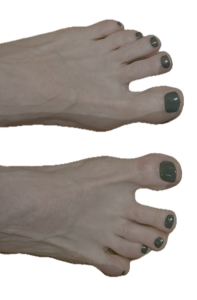 As the chair hummed and massaged my back, I felt relaxed. I used to perceive pedicures as indulgences meant for the wealthy, but now I recognize them as vital to my self-care routine. After all, my feet carry me through life, and without the proper care, I couldn’t stride confidently or swiftly.
As the chair hummed and massaged my back, I felt relaxed. I used to perceive pedicures as indulgences meant for the wealthy, but now I recognize them as vital to my self-care routine. After all, my feet carry me through life, and without the proper care, I couldn’t stride confidently or swiftly.
Maria suggested a clear gel for my toenails, but I opted for a festive green for the holiday season. Yet, the only option available was a deep, dark green. When she asked if I liked green, I chuckled and replied, “I live alone, so no one will ever see them.” As I stepped out of the salon, my feet felt blissfully comfortable in my shoes, and I made a mental note to treat myself to regular pedicures from now on!


